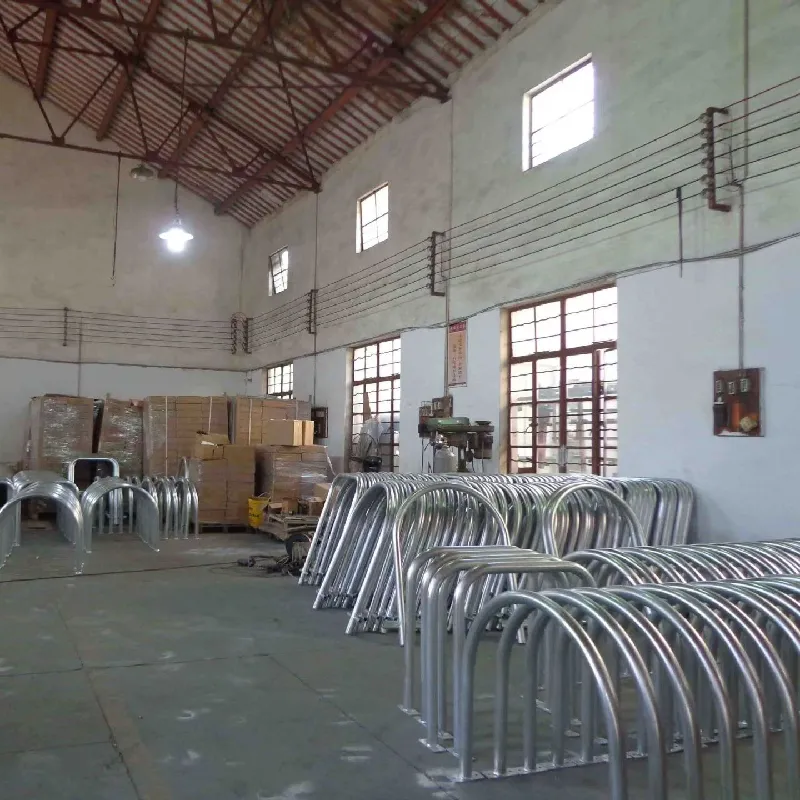Optimal Solutions for Scupper Drain Grating Installation and Maintenance for Effective Water Management
Understanding Scupper Drain Grating Essential Components for Effective Drainage Systems
Scupper drain grating plays a crucial role in various drainage systems, particularly in urban infrastructure and landscape design. Designed to manage and redirect rainwater runoff efficiently, scupper drains are typically utilized in areas prone to water accumulation, such as parking lots, roofs, and roadways. Understanding the importance, functionality, and types of scupper drain grating can help in making informed decisions for construction and maintenance.
What is Scupper Drain Grating?
At its core, scupper drain grating is a protective cover that sits over scupper drains, which are openings designed for the discharge of water. These drains are often integrated into buildings, terraces, and bridges to facilitate efficient drainage. The grating serves a dual purpose it prevents debris, leaves, and other blockages from entering the drain while allowing water to flow freely into the drainage system. This functionality is vital in preventing flooding, soil erosion, and water damage to structures.
Importance of Scupper Drain Grating
The importance of scupper drain grating cannot be overstated
. In urban environments, where impermeable surfaces dominate, managing stormwater runoff effectively is essential to minimize flooding risks. When rainwater collects on surfaces like rooftops or pavements, it can lead to water pooling, which not only poses hazards to pedestrians and vehicles but can also lead to costly damages over time.Moreover, scupper drain grating contributes to the longevity of the drainage infrastructure. By keeping debris out of the drains, it decreases the likelihood of clogs that can result in water backup and increased pressure on drainage systems. Regular maintenance of these gratings ensures that they function optimally, making them a critical component in urban planning and maintenance.
Types of Scupper Drain Grating
There are several types of scupper drain grating available, each suited for different environments and applications. The most common materials used for scupper gratings include metal, plastic, and concrete.
scupper drain grating

1. Metal Gratings Often made of galvanized steel or aluminum, metal gratings are durable and can withstand heavy loads. They are ideal for industrial areas with high traffic or where heavy machinery operates.
2. Plastic Gratings Lightweight and easy to install, plastic gratings are typically used in residential applications. They are resistant to corrosion and can be cost-effective solutions for lighter drainage needs.
3. Concrete Gratings Generally used in heavy-duty applications, concrete gratings offer robust support for large volumes of water and can be integrated into parking lots and roadways.
Installation and Maintenance Considerations
Proper installation of scupper drain grating is vital to ensure that water drains effectively and that the system remains unclogged. It is advisable to consult with professionals to determine the best orientation and spacing based on site-specific conditions and local regulations.
Maintenance is equally important. Regular cleaning of the grating to remove leaves and other debris, as well as periodic inspection for damage or corrosion, can significantly extend the life of the drainage system.
Conclusion
In conclusion, scupper drain grating is an essential aspect of effective drainage systems, playing a pivotal role in managing stormwater, preventing flooding, and protecting infrastructure. As urban areas continue to expand and the impacts of climate change become more pronounced, investing in quality drainage solutions, including scupper drain grating, will be critical to ensure resilience against heavy rainfall and water accumulation. Understanding their function, types, and maintenance will not only enhance drainage efficiency but will also contribute to safer, more sustainable urban environments.
-
The Smarter Choice for Pedestrian AreasNewsJun.30,2025
-
The Gold Standard in Round Drain CoversNewsJun.30,2025
-
The Gold Standard in Manhole Cover SystemsNewsJun.30,2025
-
Superior Drainage Solutions with Premium Gully GratesNewsJun.30,2025
-
Superior Drainage Solutions for Global InfrastructureNewsJun.30,2025
-
Square Manhole Solutions for Modern InfrastructureNewsJun.30,2025
-
Premium Manhole Covers for Modern InfrastructureNewsJun.30,2025
